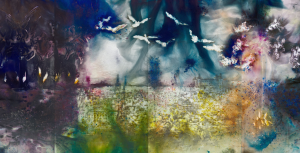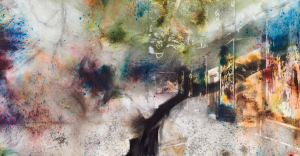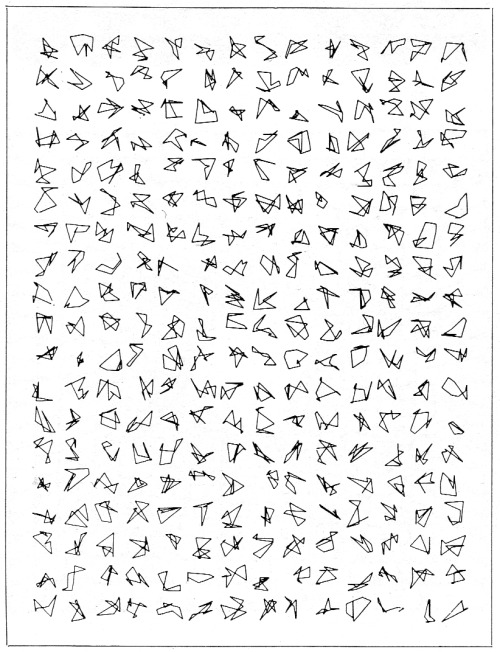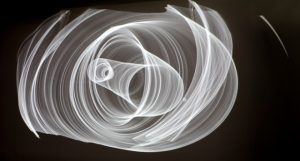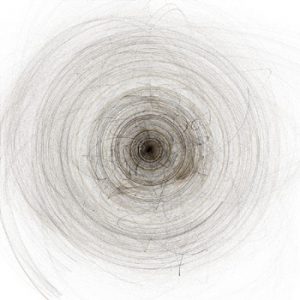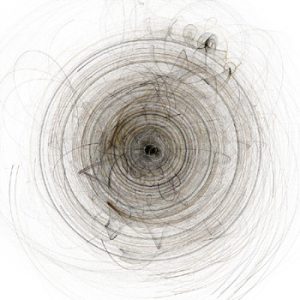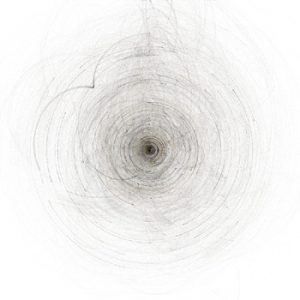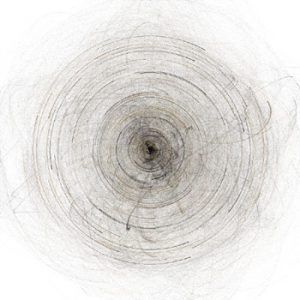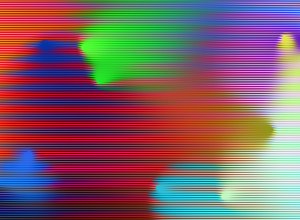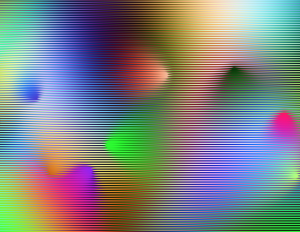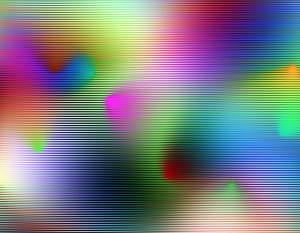To explore the realm of randomness in computational art, I decided to look into a project that integrates traditional craft alongside digital work. Random Number Multiples is a limited edition artwork collection created by data visualization artists Jer Thorp and Marius Watz. The collection seeks to integrate analog work alongside the programming, digital aspect. This hybridization of techniques adds a subtle touch of art into the randomization of data. As the artists claim, modern day art viewed on the computer can have a cold essence to it. When bringing that digital art onto a printed medium however, the effect can be more sensual, despite its digital randomness. This idea of digital randomness being combined with analog mediums to evoke an emotion is something I think is very interesting. As lots of data is being filtered into our lives on a daily basis, it is neat to see such data being presented as “art” where the randomness acts as an expression of the sort of tension and branching of the different data sets interacting with one another.
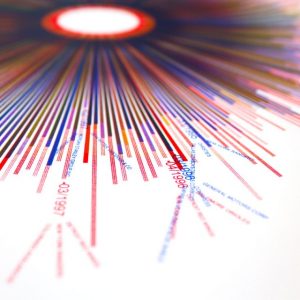
[the image above depicts a finished data visualization art piece after undergoing a post process in analog medium]
[below is how they print out the data visualization art pieces and prepare to work on in a more traditional medium. The different colors come from the different paths and types of data being visualized.]
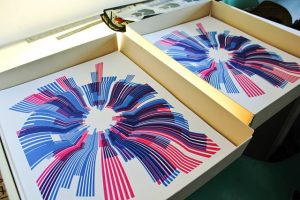

[The above image looks into the fine detail of the printed work. Some other completed works done by the artists can be seen below ]
There is not much said in how the artists generate the “randomness” in their work algorithmically. It can be speculated however, that there might exist some sort of tree data structure to help determine the different branches of the work (Similar to the snag tree method shown below).
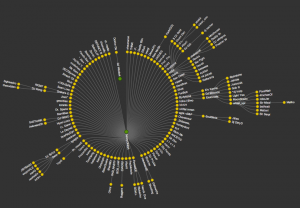
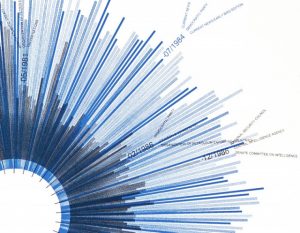
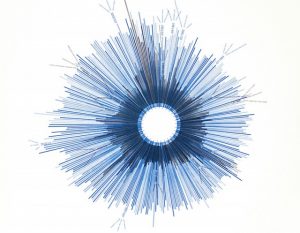
The creative sensibilities of the work really rely on the means by which the artists utilize traditional methods of visualization with digital methods. The entire hybridization of the work is important in how the artists author their creativity.
Read more about the work:
Computational Art, From Screen to Paper: Prints by Jer Thorp, Marius Watz
http://www.triangulation.jp/2011/02/random-number-multiples.html
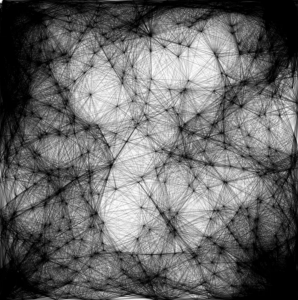
![[OLD FALL 2018] 15-104 • Introduction to Computing for Creative Practice](../../../../wp-content/uploads/2020/08/stop-banner.png)
